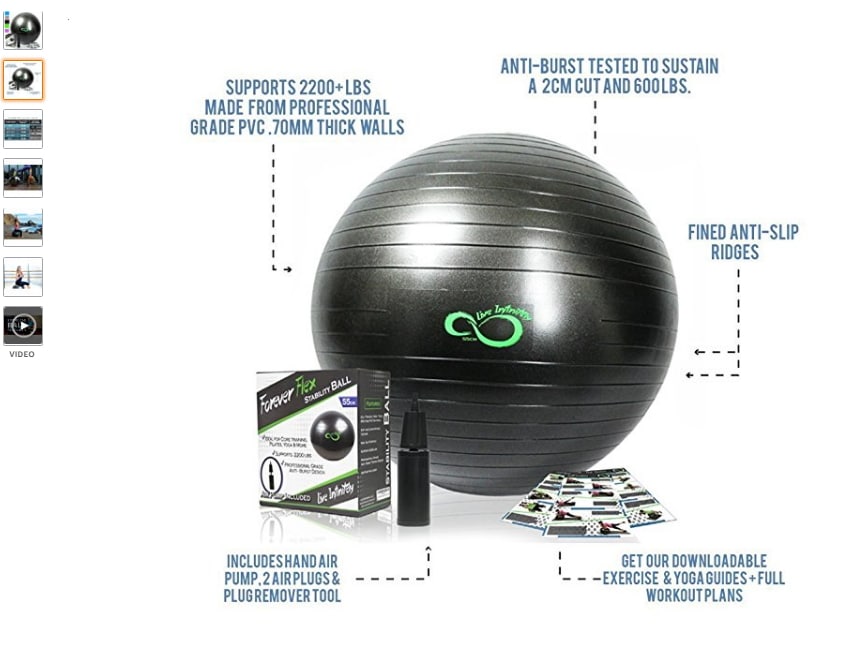What Every Professional Photographer Should Learn About Illumination
What Every Professional Photographer Should Learn About Illumination
Blog Article
Post Composed By-Caldwell Olsson
As a digital photographer, you understand that lights can make or break your photos. Understanding the nuances of both all-natural and fabricated light is necessary for capturing the state of mind and clarity you aim for in your job. Whether you're chasing after the excellent gold hour radiance or tweak your artificial arrangements, grasping these aspects can raise your digital photography dramatically. But there are common pitfalls that numerous overlook, and acknowledging them can change your technique to every shoot. Allow's discover what you might be missing and just how it can influence your results.
Comprehending All-natural Light
Recognizing all-natural light is critical for any type of photographer wanting to improve their job. It's the structure of wonderful digital photography, influencing mood, tone, and clarity. When you shoot outdoors, take notice of the moment of day. The gold hour-- soon after daybreak and prior to sundown-- supplies soft, cozy light that can change regular scenes right into magnificent pictures.
Do not underestimate the power of cloudy days. Cloud cover diffuses sunshine, developing a soft, even light that's ideal for pictures and macro digital photography. You'll locate colors pop in this kind of lights without severe darkness.
Positioning issues, as well. Constantly consider your topic's orientation to the source of light. If the sunlight's behind your subject, you might wind up with a shape, which can be dramatic yet mightn't be what you want. On the other hand, straight sunlight can produce uncomplimentary darkness.
Trying out http://resourcemagonline.com/2020/03/peter-mckinnon-wants-to-teach-you-how-to-do-epic-product-photography/181986/ ; in some cases, changing your viewpoint can produce fantastic results. Usage natural reflectors, like water or sand, to bounce light onto your subject, adding dimension.
Learning Artificial Light
Grasping fabricated light is essential for photographers who wish to take their abilities to the next degree. Whether you're making use of speedlights, workshop strobes, or constant lights, recognizing just how to manipulate these resources can significantly improve your pictures.
Start by acquainting on your own with the fundamentals of light high quality, instructions, and color temperature level. Try out different modifiers like softboxes, umbrellas, or grids to control the softness or violence of the light.
You'll locate that soft light frequently develops complementary outcomes, while harsher light can add drama and deepness. Do not avoid darkness; they can boost the three-dimensionality of your topics.
Pay close attention to the placement of your lights. A light located too close to your topic can create uncomplimentary results, while too far can bring about a lack of information. Make use of a light meter or your video camera's histogram to ensure you're subjecting appropriately.
Last but not least, remember that artificial light can be mixed with ambient light for creative results. Stabilizing these sources might take practice, once you grasp it, your digital photography will truly beam.
Methods for Various Situations
When you enter different shooting scenarios, adapting your illumination strategies is vital for catching the most effective images. For https://postheaven.net/kirkdenis/checking-out-the-globe-through-the-lens-traveling-photography-essentials , make use of the golden hour-- early morning or late afternoon light-- to soften shadows and enhance complexion.
If it's an extreme midday sunlight, consider utilizing a reflector to bounce light back onto your topic or look for shaded locations for an extra also direct exposure.
In low-light circumstances, like indoor events, boost your ISO and make use of a vast aperture to let in more light. A tripod can help eliminate cam shake, permitting longer direct exposures without blurring.
If you're shooting at evening, experiment with off-camera flash to develop vibrant lighting and depth in your images.
For item digital photography, make use of diffused illumination to avoid extreme representations. Softboxes or light tents can help attain this impact.
When photographing landscapes, consider the instructions of light and time of day, as it can drastically transform the mood of your shot.
Constantly prepare to change your setups and placing based upon the circumstance, as versatility is vital to grasping illumination in photography.
visit the site
In conclusion, understanding lights is crucial to boosting your photography skills. Accept natural light's charm during golden hour, and don't shy away from try out man-made light methods. By adjusting your method to different situations, you'll capture sensational photos that resonate with feeling and quality. Keep in mind, the best illumination can change an ordinary shot into something extraordinary, so maintain practicing and refining your understanding of both natural and man-made light. Pleased shooting!
